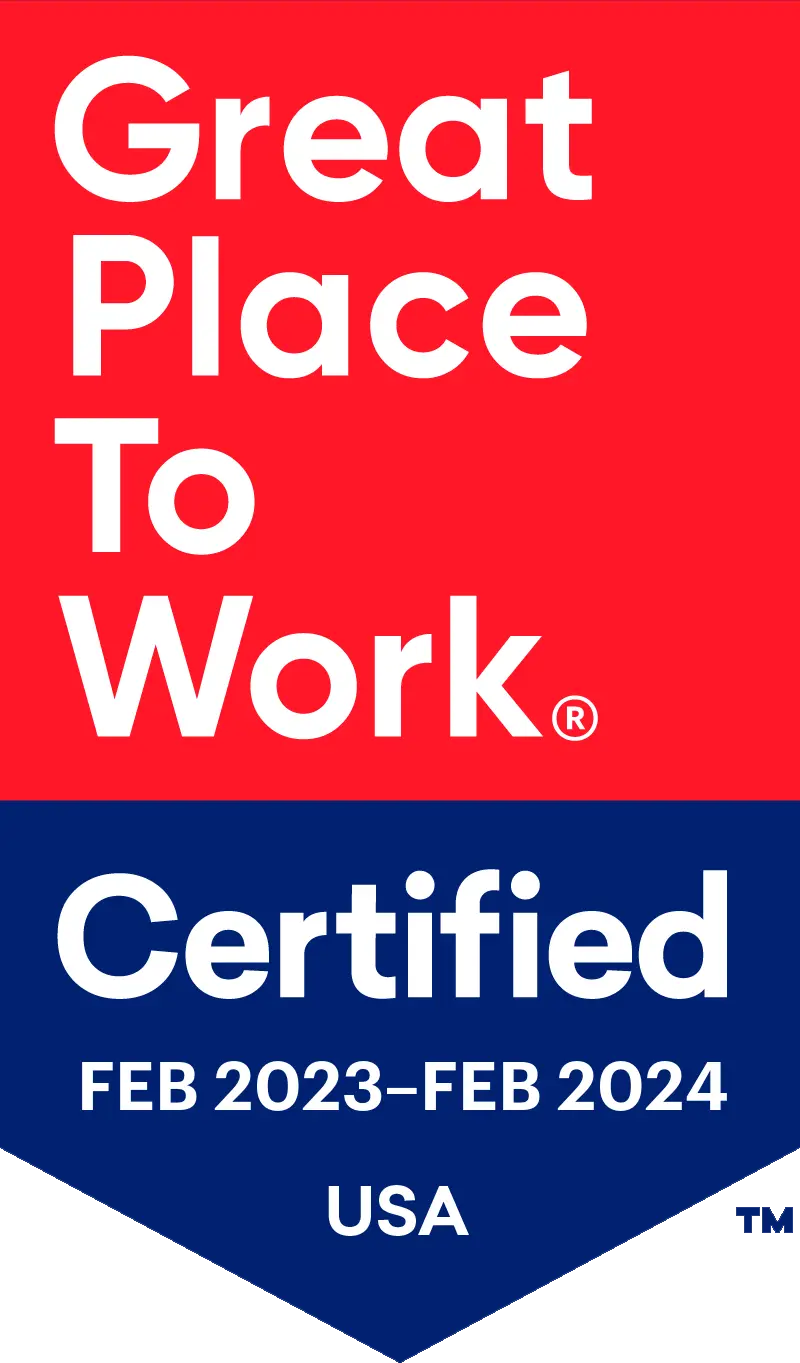E-commerce is in the midst of a growth period that the market hasn’t seen in years, expanding by 16% in 2017 to reach a total of more than $453 billion in the U.S., up from barely $390 billion the in prior year. In the midst of a rising tide for all retailers – totaling more than $5 trilling in sales for the year, up some 4% year-over-year – e-commerce represented 13% of total retail sales and 49% of the gains.
Yes, the ongoing dominance of Amazon in the retail space accounts for most of these gains, but that doesn’t diminish the fact that e-commerce is becoming a major part of the U.S. economy. Retail companies – no matter if they are small, or large, or in between — stand to do very well in this market if they know how to embrace the potential of e-commerce and meet consumers where they live. This means creating an e-commerce presence that is visually appealing, intuitively functional and easy for buyers to use on all platforms.
This means Magento.
Magento is an open-source e-commerce platform, designed to enable developers to add functionality to their e-commerce projects by extending the functionality of the core software as well as adding new plug-in modules as they are created by others. For retailers, Magento offers an easy and functional way to create a flexible, responsive e-commerce platform to sell their goods. For developers, it offers a powerful tool to shape the digital marketplace.
But how does it look?
There are many important decisions to make when planning your Magento e-commerce site, but one of the most visible decisions — a decision that will impact your site’s usability and impact the way your customers see your brand — is the theme that you use.
A theme is a component of a Magento application which provides a consistent look and feel (visual design) for the entire application area, using a combination of custom templates, layouts, styles or images.
Essentially, the theme — or, more specifically, the front-end theme — is the look and feel of your website. It dictates the visual front-end elements like the layout of your home page, the colors used in the header, the font styles used in the content page, etc. The theme also controls how responsive or mobile-friendly your site is.
Out of the box, the current version of Magento (which is Magento 2) has a default theme that contains most of the elements that an e-commerce site absolutely needs in order to work: logo, branding, menus, a search box, banners, notice blocks and more. It’s also responsive, so it will change the placement and sizing of these elements to work well on a mobile device as well as desktop.
However, this default theme has some downsides. It’s not particularly attractive, it offers limited configuration options, and only the one layout, so you’re pretty much going to get what you see without much control over the options.
Worst of all, your store will look like all the other e-commerce operations based on this theme. There will be nothing to differentiate your site and make you stand out.
Getting creative
The good news is that there are a couple of great options for replacing the default theme with a theme that will represent your brand.
Use a Third Party Theme: The first option to modify the look and feel of your website is to implement a 3rd party theme. There are literally thousands of themes have that have already been developed and can be loaded onto your site with minimal effort. You can find many themes in the Magento Marketplace, but there are dozens of other marketplaces that also offer themes for purchase. Third party themes offer some strong benefits and in the right situation can be a good fit:
- Low cost: Most can be purchased for less than a few hundred dollars.
- Configuration variety: You can often change elements of the design or layout, or otherwise adjust the theme to meet your needs.
- Tried and tested: If the theme that you’re purchasing has been rated by many other Magento users, and if it’s actively supported by the vendor, you can bet that it’s been well tested on a variety of browsers, devices and most bugs have been worked out.
- Industry specific focus: Themes have been specifically designed for almost any industry, allowing you to match the look and feel of your site to the products you want to sell.
Although these features can be a huge benefit, there can also be some significant drawbacks to third party themes:
- Difficult to customize: Many themes offer a variety of configuration options, but what if you want to change some details about your theme to be completely unique to your site? There are a number of reasons why a theme might not be exactly what you’re looking for, and this is the biggest downfall of third party themes. Because they are coded with configurable features, it can make seemingly simple modifications extremely difficult and time consuming to add to the theme without negatively impacting those features.
- Unproven vendor support: Not all Magento vendors are the same and it can be hard to know how long or how effectively they’re going to support the product that you’ve purchased. This means that you’re left with the poor options of either hiring someone to modify that theme’s code, replace the theme completely, or delay your security patch (not really an option in our book).
- Lost functionality: Many themes don’t include hooks for some default Magento configuration options. This can leave you in a position where when you want to turn on a specific feature that it simply won’t work with that theme.
We’ve found that almost every client eventually wants some modification to their theme that isn’t available as a customization option, and over time clients end up spending as much or more on modifying and supporting their third party theme than they would have building a custom theme.
This leads us to the next option…
Build a Custom Theme: Although it can be more costly up front, building a custom theme is almost always the best long-term solution for an active Magento e-commerce store, because it provides some excellent benefits:
- No compromises: A custom theme can be developed and designed exactly the way you want it. The style, the feel, the layout will match exactly what is best for your brand and for the experience you want to provide to your customers.
- 100% flexibility: If a custom theme has been developed properly, then there is no limitation to how you can modify it in the future. It’s important to keep your site looking fresh and offering the latest features that your discerning customers will come to expect from shopping online. You should have the flexibility to make changes down the road.
- Increased security: As long as your custom theme is developed by a trusted partner then you won’t have to worry about potential security risks related to your Magento site. Your reputation and your client’s data are critical to protect, so you can’t risk them on a third party vendor that may have inadvertently (or intentionally) included security flaws in the software used on your e-commerce website. Custom themes make it easier to keep up with the latest critical security patches as well.
Third party themes can offer some great features at a low cost but are usually only a good fit for small e-commerce businesses that are willing to compromise their branding and features for budget. A custom theme is going to provide your Magento e-commerce site with the most flexibility and functionality as long as you work with a trusted and experienced Magento development partner.
Our Process
Liventus has a proven method for designing and building custom Magento themes for our clients:
- We work through a series of design/layout mockups to come up with the perfect user experience before we ever write a line of code.
- We don’t reinvent the wheel. We start with a standard theme skeleton that is already proven to work great responsively and will work with any core Magento functionality.
- We develop our themes by following Magento architecture best practices so that they can be easily maintained and will never interfere with critical security patching or other feature adds in the future.
- We thoroughly test and support your custom theme to make sure that your users will have the best possible user experience on any device or platform. This means happier customers and more conversions.
Ready to get started? Contact us today to learn more.
Tim Dolloff is EVP of client relations at Liventus. Connect with him on LinkedIn here.


